Spectacular Geology: Amazing Photos of the American Southwest
Southwest of Moab, Utah, is an area of the American Southwest that is truly a showcase of geology. Check out these stunning images of one of the most geologically and biologically rich environments in North America.
A unique geological display
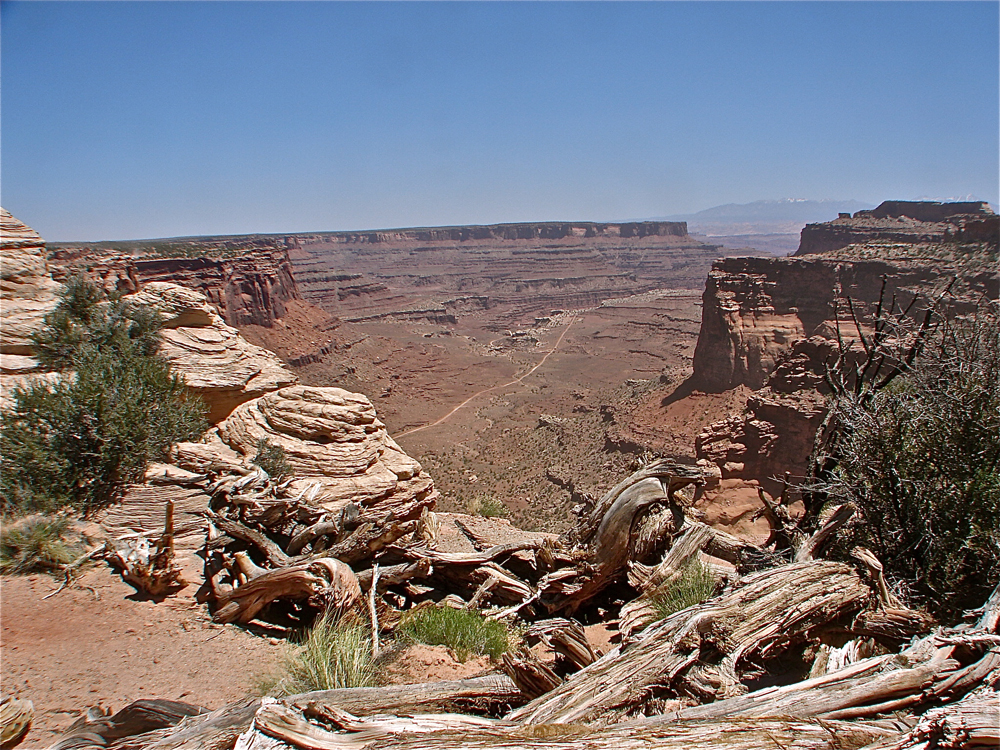
Here in amazing rock splendor are the spectacular results of millions of years of gravity and erosion on a landscape composed of thick layers of sedimentary rock. (Credit: Linda & Dr. Dick Buscher)
A strange and fluctuating history
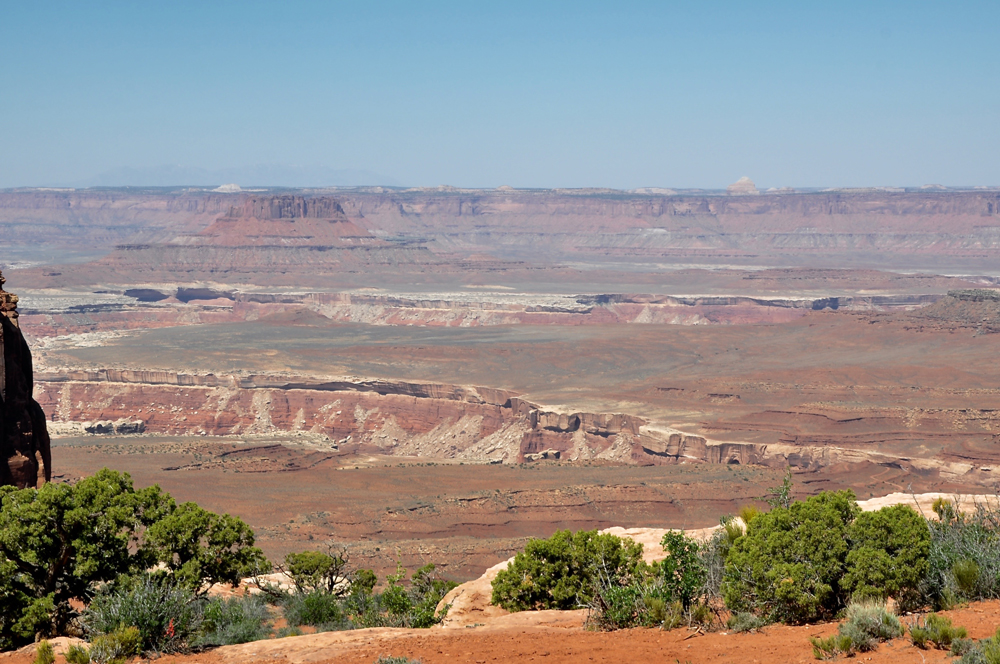
Over millions of years, the movement of the Earth's crust helped in the shaping of this beautiful land. Ancient oceans flowed and then receded multiple times, resulting in layer after layer of sediments being laid down. The local landscape has been covered over time with tropical flora and then again with dry desert vegetation. (Credit: Linda & Dr. Dick Buscher)
Stunning settings
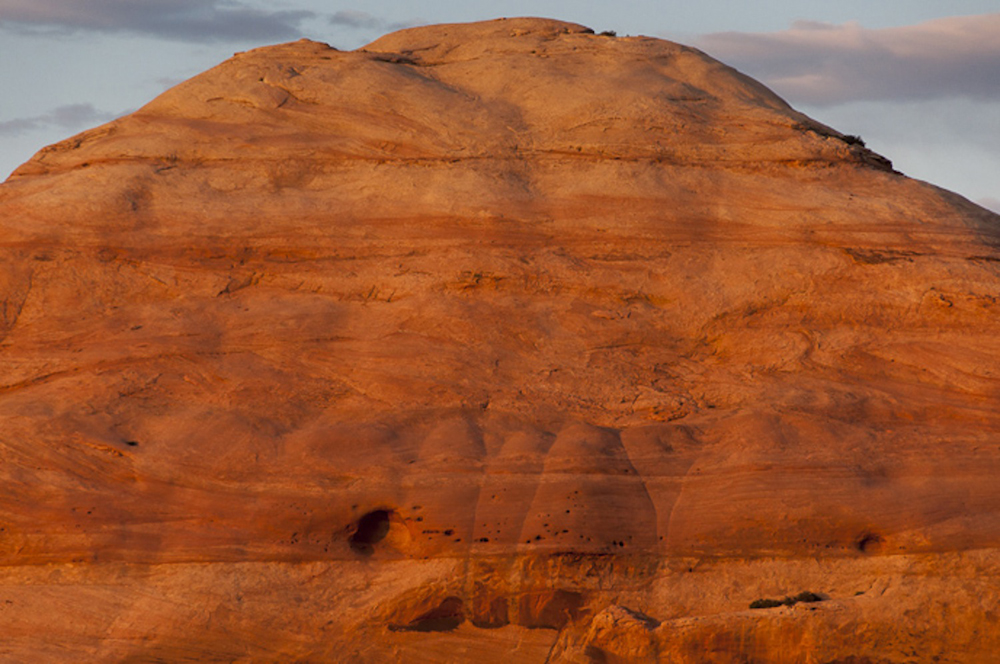
Prehistoric rivers crisscrossed these vast, ancient mudflats, cementing the various sediments with precipitates found in the flowing water. Traces of iron carried along in the flowing water from nearby ancient mountains colored the sandstone red, adding to the spectacular views seen there today. (Credit: NPS)
Sign up for the Live Science daily newsletter now
Get the world’s most fascinating discoveries delivered straight to your inbox.
The power of pressure
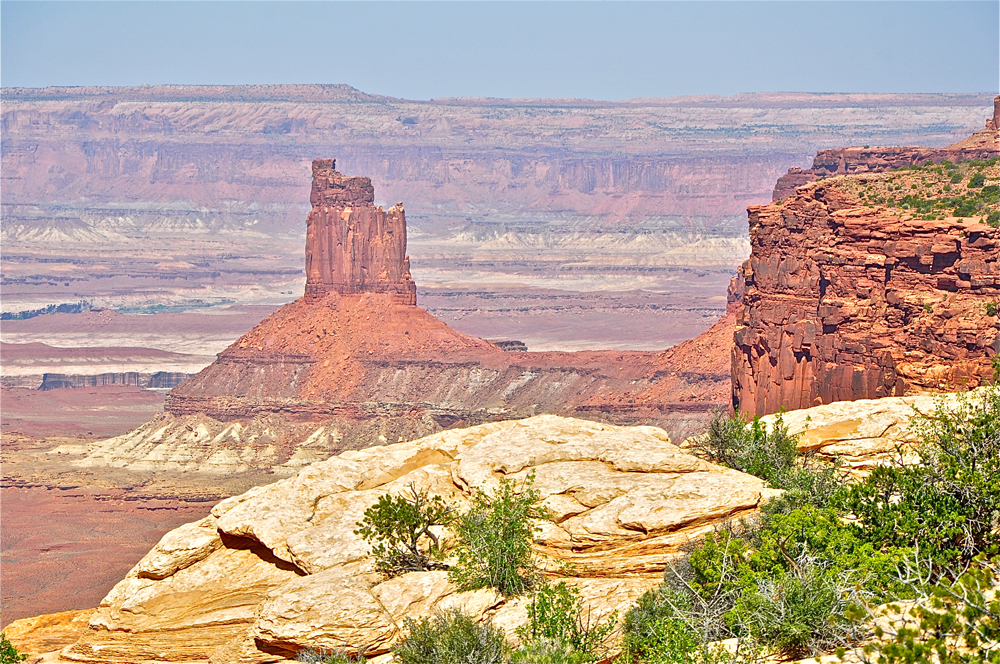
Here too, a geological phenomena know as the Paradox Formation played a major role in the shaping of the local landscape. Under specific conditions, the weight of overlying rocks cause the strata of the Paradox Formation, sediments deposited down during the Pennsylvania Period, to liquify and flow beneath the surface. This movement of liquified rock causes surface rocks to bend, sink and fracture under the stress and result in such surface formation as fins, arches, grabens and needles. (Credit: Linda & Dr. Dick Buscher)
Awe-inspiring environment
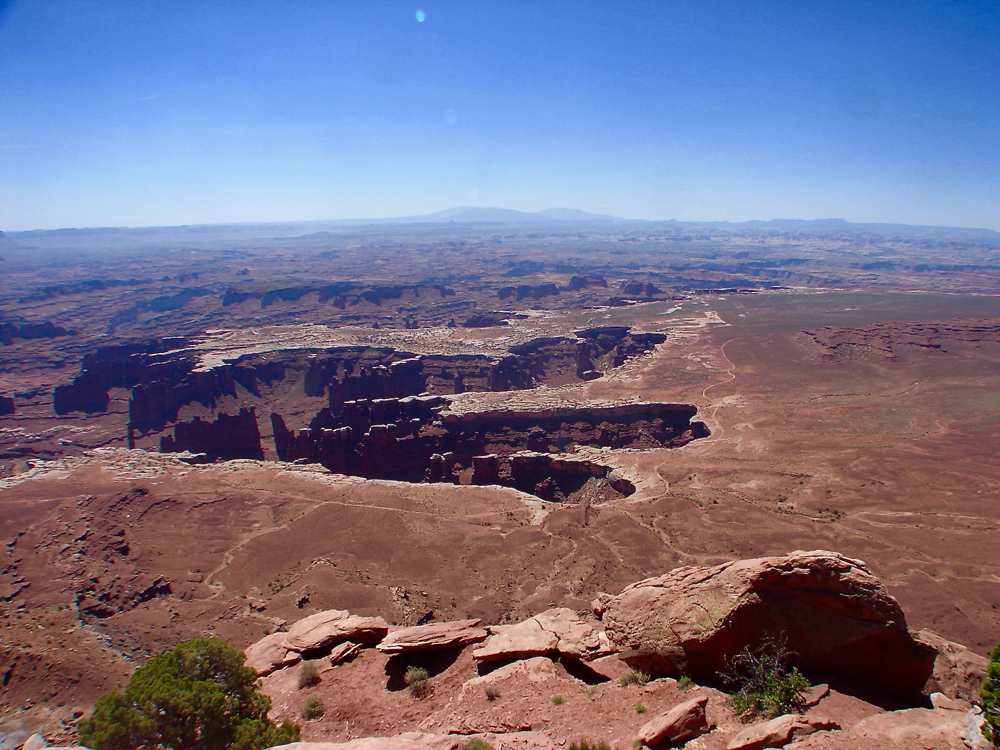
This magnificent landscape is a part of the larger Colorado Plateau, found throughout the Four Corner Region of Utah, Colorado, New Mexico and Arizona. Once, this land's elevation was near sea level, but today the whole Colorado Plateau has risen to an average elevation of some 5,000 feet (1,524 meters). Average rain and snowfall brings 9.5 inches (24 centimeters) of annual precipitation, resulting in an environment of high desert flora and fauna. (Credit: Linda & Dr. Dick Buscher)
Powerful liquid
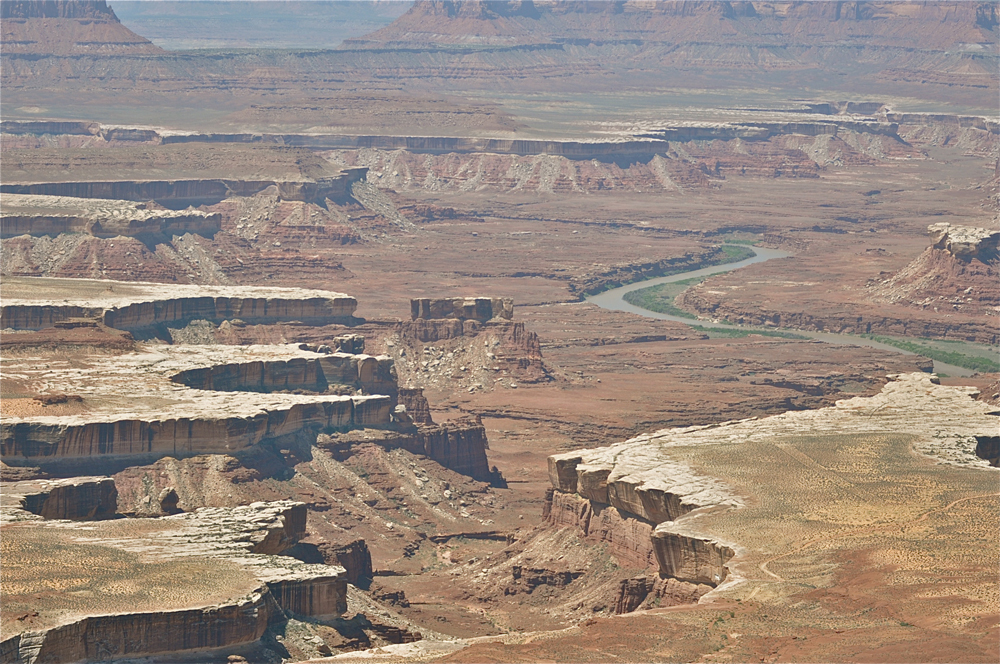
Two mighty rivers, the Colorado and the Green, converge here, carving the land into countless canyons, some of which are more than 2,000 feet (610 m) deep. The erosive work of these two great rivers also created some of the most spectacular views found anywhere on Earth. (Credit: Linda & Dr. Dick Buscher)
Nature's power
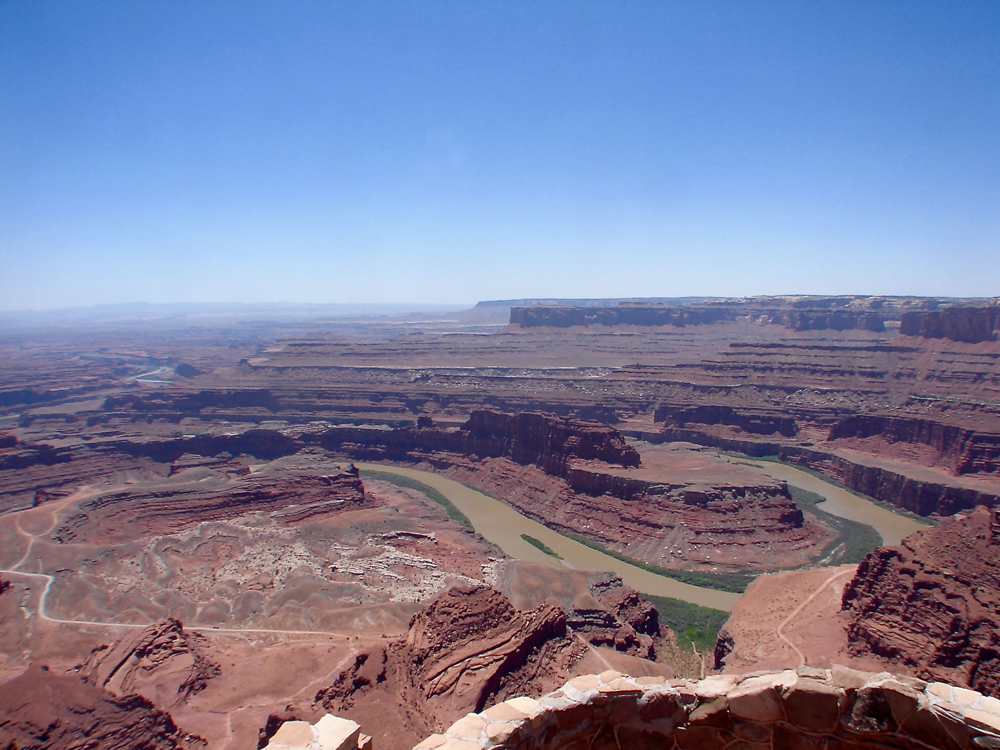
The power of flowing water moving through these two magnificent river channels over millions of years have cut through 22 layers of different rock strata. Today, water flows over the upper layers of the Paradox Formation, which is composed of dolomite, limestone, gypsum, shale, potash and salt. Shown here, the Colorado River meanders as it carves gooseneck canyons in Dead Horse Point State Park. (Credit: Linda & Dr. Dick Buscher)
Geological playground
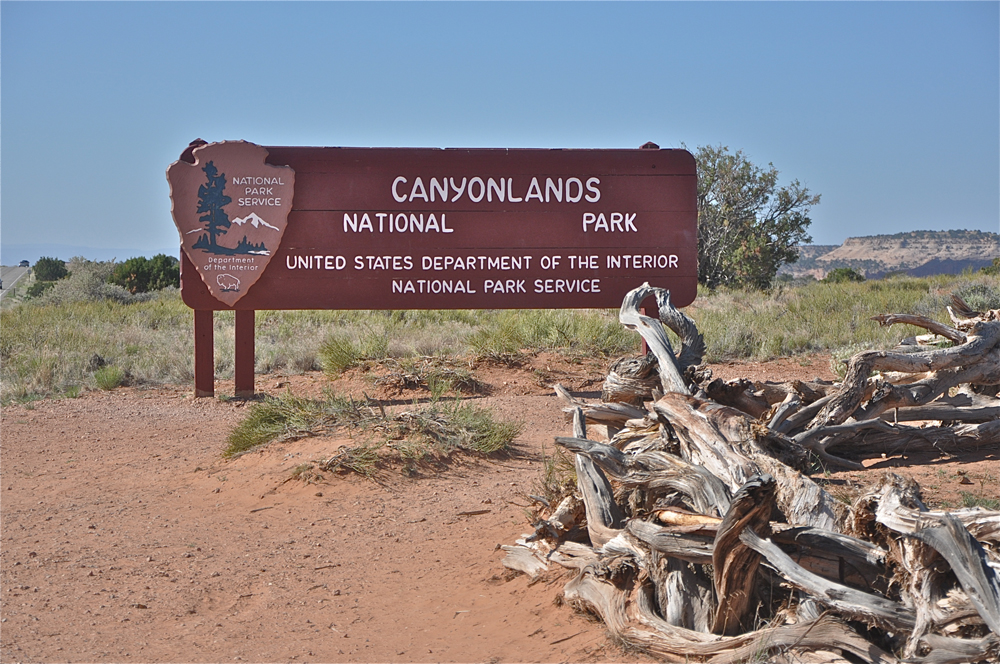
Nearly 527 square miles (1,365 square kilometers) of this geological wonderland is now preserved within the boundaries of Canyonlands National Park. First established in 1964, this national park has become a favorite playground for those seeking adventure in what is still one of the most rugged environments found anywhere in North America. (Credit: Linda & Dr. Dick Buscher)
An array of scenery
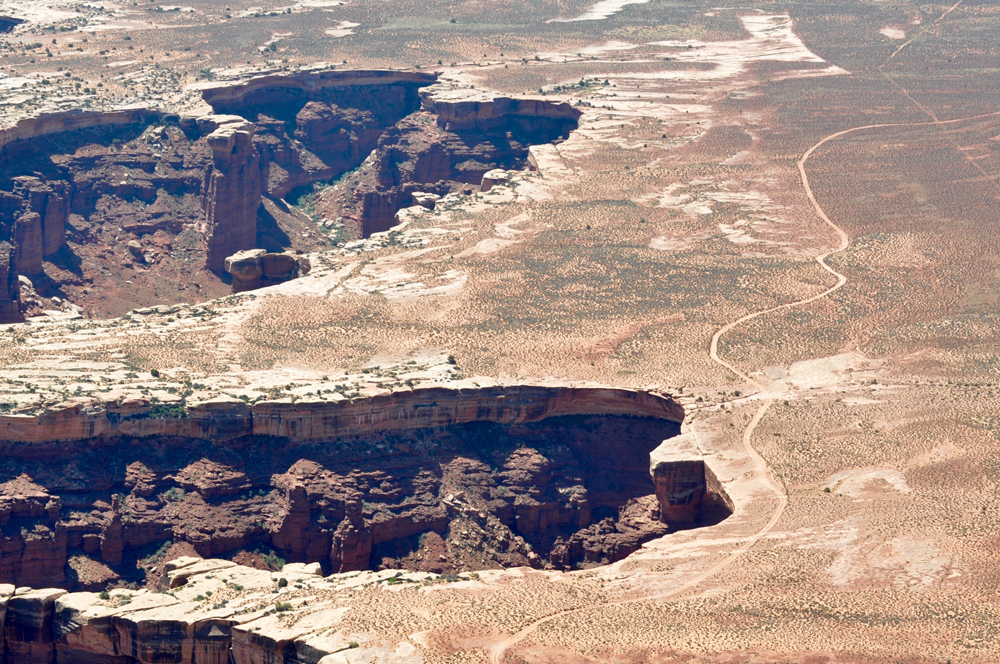
The two great river canyons have divided the national park into three distinct areas: Islands In The Sky to the north, The Maze to the west and The Needles to the east. Each share a common rugged wilderness but offer different environments as well as strenuous recreational activities. Shown here is a series of deep canyons plunging from a mesa in the Island In The Sky region. (Credit: Linda & Dr. Dick Buscher)
Diversity in life
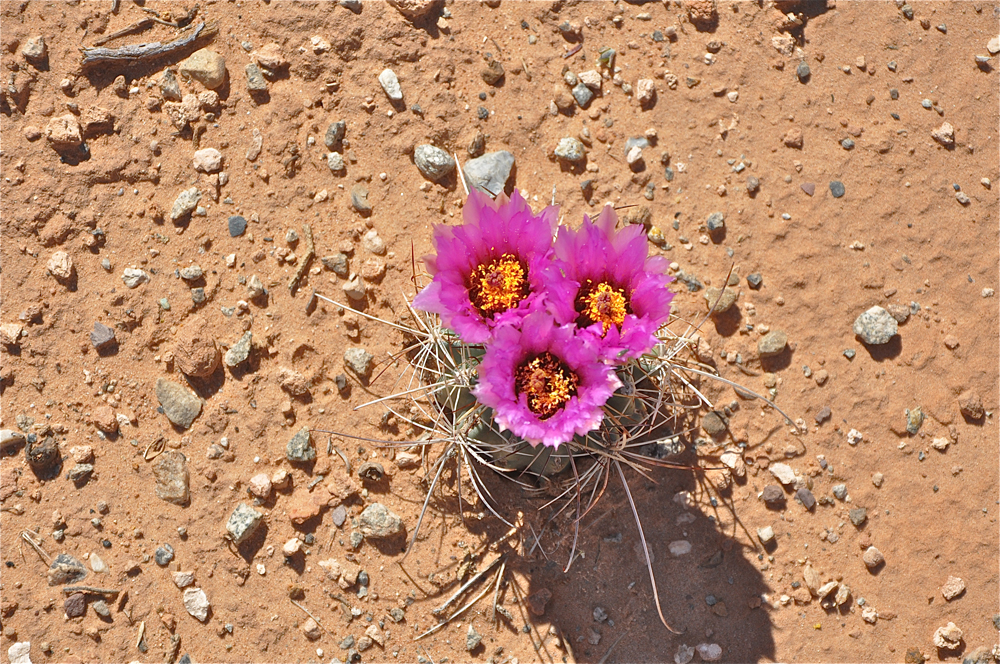
The high desert flora and fauna of Canyonland National Park are diverse and surprisedly abundant. With elevations that range from 3,700 to 7,200 feet (1,128 to 2,195 m) above sea level, some 628 species of vascular plants make their home here. This photo shows a small fishhook cactus in spring bloom. (Credit: Linda & Dr. Dick Buscher)
Home sweet home
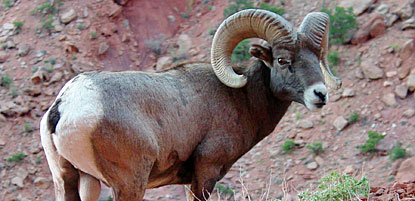
Some 10 species of amphibians, 25 species of reptiles, 81 species of mammals and 218 species of birds are also considered native to the national park. A Desert or Nelson bighorn sheep (Ovis canadensis nelsoni) is shown here. (Credit: NPS)
Unique ground coverings
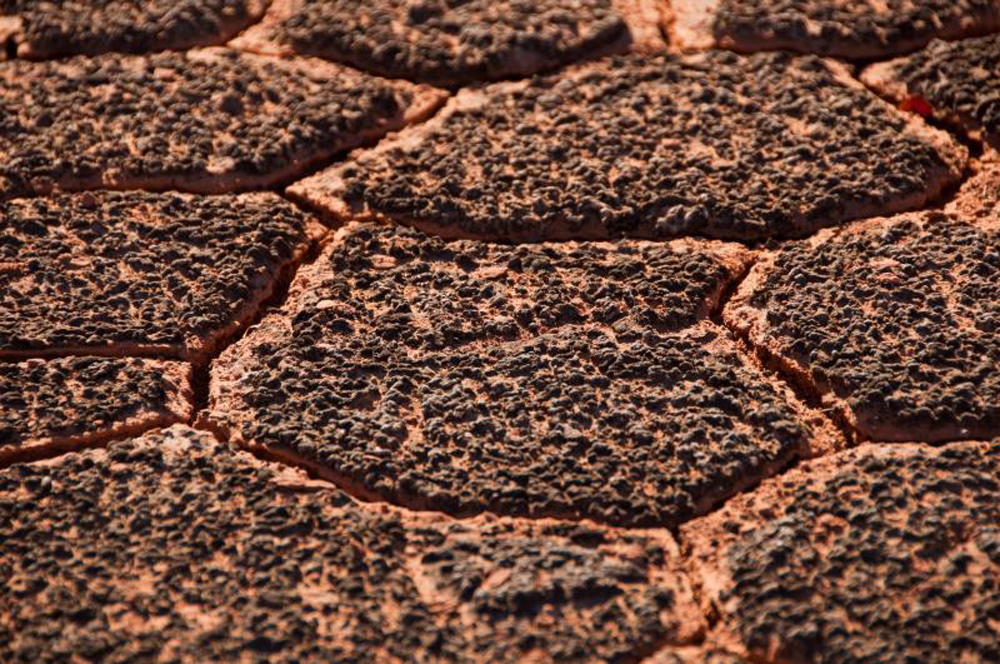
Biological soil crusts are also commonly found here. Created by living organisms and their by-products, these soil crusts can cover a large area of the landscape, binding together valuable soil particles by their organic materials. (Credit: NPS)
A majestic destination
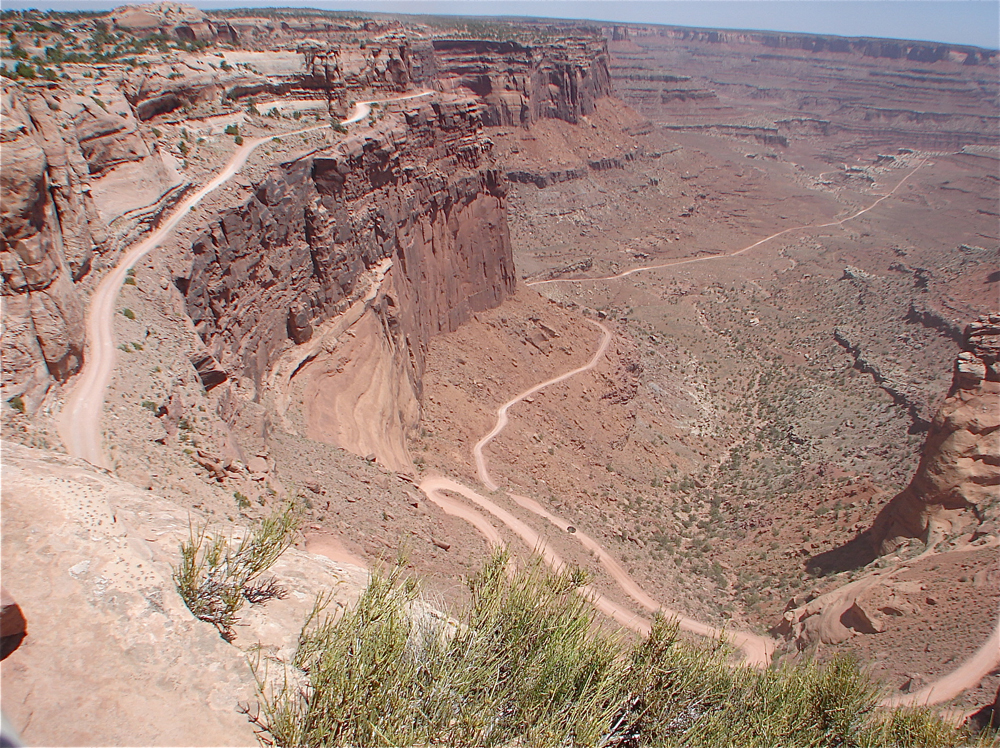
The grandeur of Canyonlands National Park and its surrounding region offers a treasure trove of activities for hikers, rafters, mountain bikers, photographers — anyone wanting to experience one of the most geologically and biologically spectacular environments found anywhere in North America. (Credit: Linda & Dr. Dick Buscher)
Follow us @livescience, Facebook & Google+.









